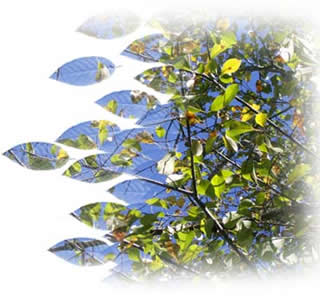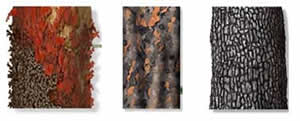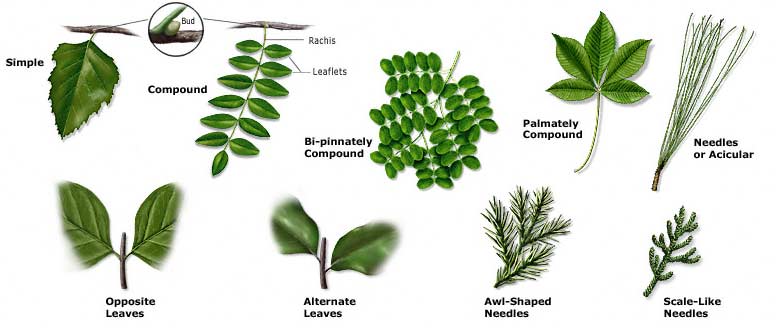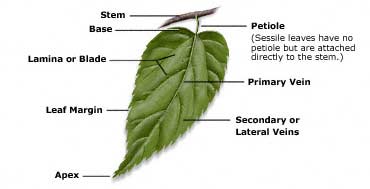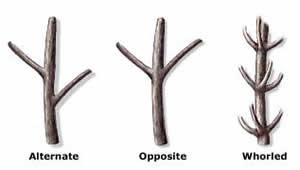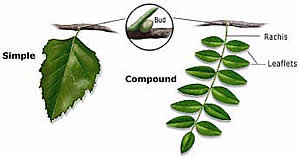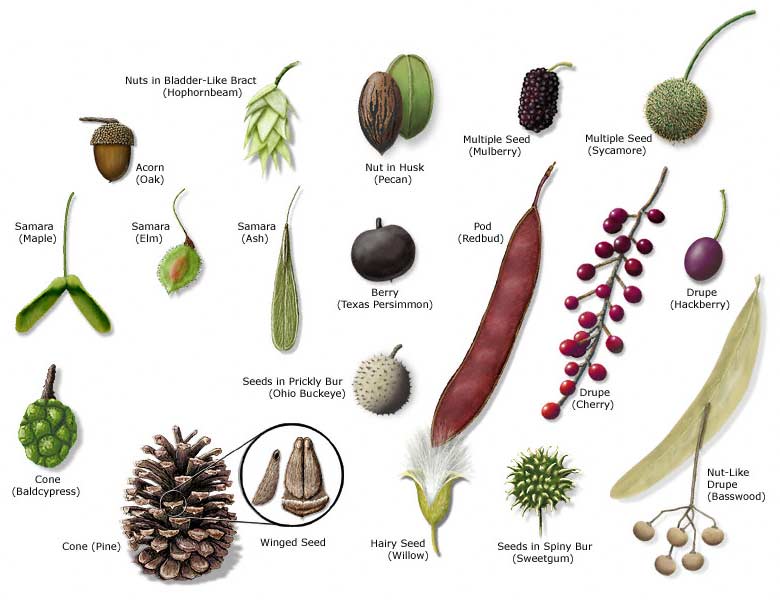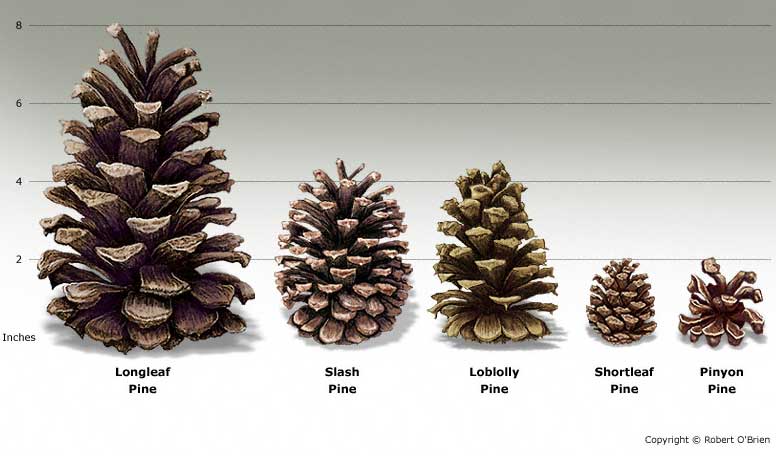How to ID
Identification Techniques |
|
| Tree Form | Twigs |
| Habitat | Buds |
| Bark | Flowers |
| Leaves | Fruit |
| Leaf Arrangement | Common Types of Fruits & Seeds |
| Leaf Shape Descriptions | Cones |
| Parts of a Leaf | Wood |
Classification/Nomenclature
Scientific classification or taxonomy is the ordering and ranking of organisms into groups having common characteristics. Scientists classify organisms to bring order and efficiency to data storage and information.
- Kingdom
- Phylum or Division
- Class
- Order
- Family
- Genus
- Species
Nomenclature is the assignment of names to organisms. In distinguishing between tree species we use common or vernacular names and scientific names - genus and species. The word vernacular means “native to a region”. Vernacular names are used in common everyday speech, but not by scientists. Because there are many common names listed for every tree, it is necessary to have a universal system for distinguishing organisms. Latin is the language used for scientific names, so that scientists world-wide can speak the same language when it comes to identifying organisms.
The first word in a scientific name is always the genus. The second word is the species name and is usually a Latin description of an important characteristic of the organism. When writing the genus and species, the first letter of the genus is always capitalized and the species is always in lowercase. Both words should be either underlined or italicized.
